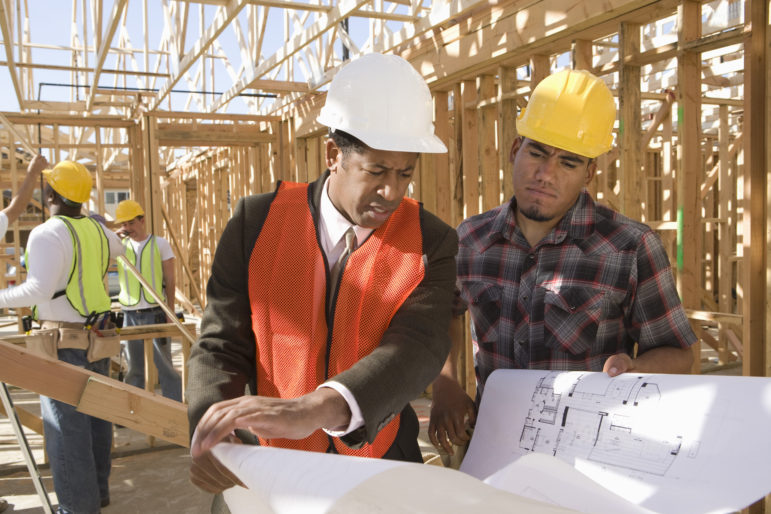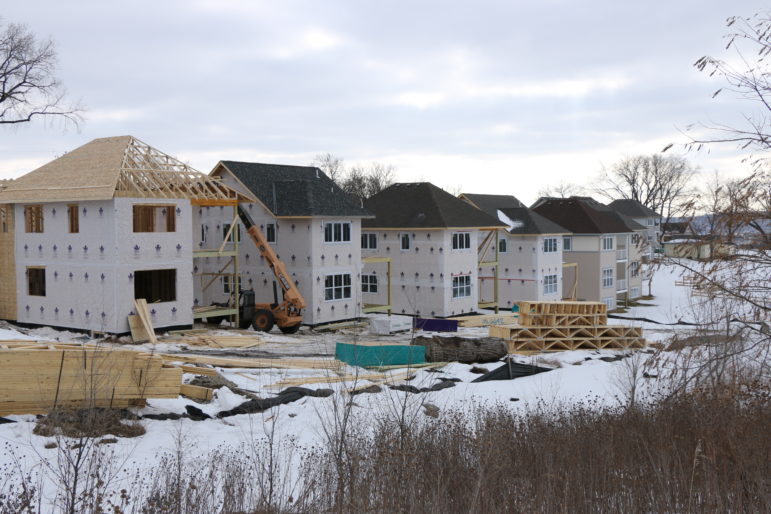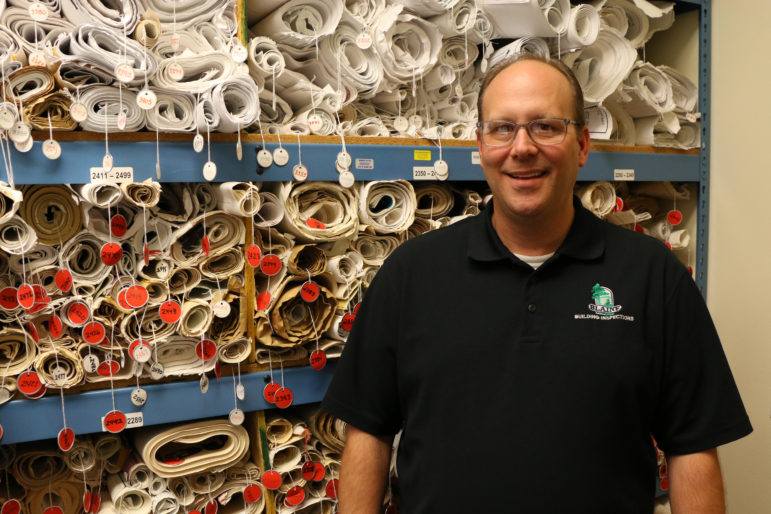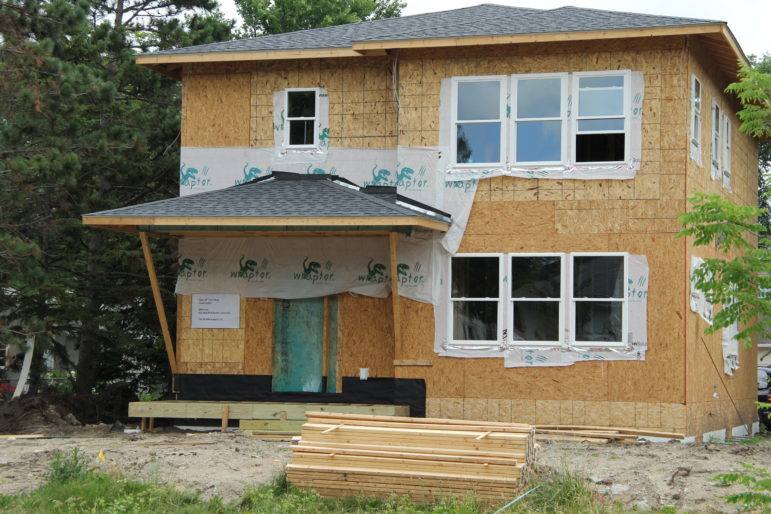Originally posted on August 20, 2020, and Updated October 2, 2020, to reflect recommendations of the Administrative Law Judge.

Minnesota’s 2020 building code came into effect in March of this year. This code sets the standard for how all new construction can proceed throughout the state and creates a level playing field for the construction industry. However, in the last code adoption cycle there was an important piece missing: the residential energy provisions from the 2018 model energy code. Even though all other components of the 2018 model building codes were incorporated, these were left out because of how state statute was interpreted by the Minnesota Commissioner of Labor and Industry.
At the time, Fresh Energy worked hard to get these provisions included because we knew that if Minnesota skipped a code adoption cycle (which occurs every six years), it could put the state a whopping 12 years behind neighboring states, make Minnesota’s climate and energy goals much harder to attain, and cost more for residents who would miss out on energy savings opportunities.
Fortunately, thanks to a report from the U.S. Department of Energy (U.S. DOE) and ongoing pressure from Fresh Energy and a coalition of partners, Minnesota now has an opportunity to fix what was missed and get these provisions added. The Minnesota Department of Labor and Industry (DLI) held an Administrative Law Judge hearing on August 3. At this public hearing, the judge heard public comment and expert testimony on whether to re-open the rulemaking process, which would initiate a year-long procedure to determine whether to update the residential energy code.
Why the delay?
The reasoning behind the original delay can be found in state statute § 326B.106 subd. 1(d). This statute states that the Minnesota Commissioner of Labor and Industry will act on the new residential energy code when the U.S. Department of Energy (DOE) issues a report confirming the new energy code increases the efficiency of building. The report that Minnesota officials were waiting for was due from the federal government in October of 2018 but was not actually published until more than a year later in December of 2019. Unfortunately, in the interim 14 months, the remainder of the building codes were finalized. This threw a wrench into Minnesota’s statute-driven timeline because it put the federal report out of sync with the new code. As a result, Minnesota’s Commissioner of Labor and Industry (DLI) decided that in order to adhere to state law, the agency could not proceed with the new code until the accompanying report was issued by the U.S. DOE. This new report was just published in December 2019, which is what launched this hearing process.
If you’re interested in reading more about Fresh Energy’s stance on DLI’s decision, check out a past blog post where we explain why we do not believe state law required the delay.
Acting now is crucial.

U.S. Department of Energy analysis found that the new model code (2018 IECC) would result in an under two percent increase in energy efficiency compared to the 2015 IECC, the previous model code. However, Minnesota chose not to adopt the 2015 IECC and our current residential energy code is based on the 2012 IECC – an even more outdated version. In addition to this, the Minnesota DLI requested that the U.S. DOE conduct a Minnesota-specific analysis to outline potential savings using our current (2012 IECC) code as the baseline. The Minnesota-specific analysis found an average of $536 increase in construction costs with a potential energy savings of $131 a year. This means that the additional costs would be paid for in energy savings in just over four years, not to mention the ongoing energy savings building owners will get for the decades their building is in use.
What’s next.

In September 2020, more than two years since the code adoption process began, the residential energy provisions were finally being considered as an addition to Minnesota’s 2020 building code. However, since the 2020 building code has already come into effect, DLI would need to reopen the rulemaking process. In order to do this, they need a hearing and recommendation from an Administrative Law Judge (ALJ). In August 2020, Fresh Energy submitted joint comments with stakeholders, including Midwest Energy Efficiency Alliance, who represented Fresh Energy at the ALJ hearing. Fresh Energy will continue to submit public comments in support of reopening the rulemaking process – the first step in including updated residential energy provisions in Minnesota’s 2020 building code.
Unfortunately, on September 30, 2020, Administrative Law Judge Eric L. Lipman issued his recommendation on whether to move forward with the rulemaking stating: “Both choices are authorized by law and find adequate support in the hearing record. Yet, between these two alternatives, the Administrative Law Judge recommends postponement of the rulemaking as the better choice.” Going forward, Fresh Energy will continue to advocate for the Department of Labor and Industry to proceed with the rulemaking.
We can’t let Minnesota fall behind.

If the residential provisions are not added to Minnesota’s 2020 code, our residential energy code would be 12 years and four code cycles behind other states. Minnesota would be missing a significant opportunity to improve our built environment, a top source of carbon emissions in the state, and save residents money on utility bills.
Minnesota’s energy code exists for the benefit of all Minnesotans. In addition to saving homeowners and renters money on their monthly expenses, more efficient buildings provide a range of additional health, safety, and welfare benefits, including better indoor environmental quality and improved and enhanced occupant comfort. Minnesota faces a housing affordability crisis. Any public policy response that does not prioritize reducing the cost of home occupancy is not meeting the needs of Minnesota’s under-resourced and homeless communities.
Fresh Energy is your energy efficiency champion and will continue to play a key role and provide expert comment and testimony throughout the process. Stay tuned to our blog and social media for updates!
